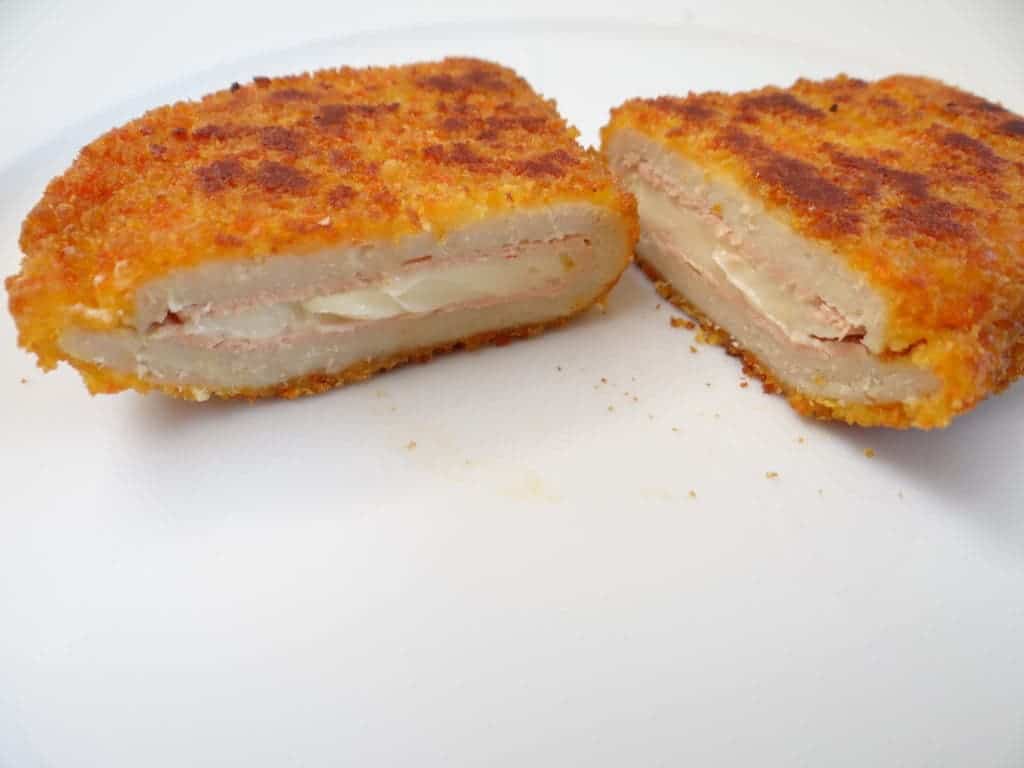In many parts of the world, meat substitutes have already become quite common. Whether it’s for ethical, ecological, or even health reasons, many people are choosing to reduce their meat consumption, and that’s a really good decision. But for some, there’s just no replacement for the chewy consistency of meat — so researchers are looking at ways to make replacements more meat-like.

It’s not just about the taste, a lot about what makes meat so appealing relies on the texture. Whether they’re based on soy, mycoprotein, or other concoctions, few meat replacements actually have a similar texture to meat. This prompted researchers from TU Berlin and Karlsruhe Institute of Technology (KIT) to examine what makes meat so uniquely chewy.
“This mouthfeel is based primarily on the fiber-like texture of meat,” explains Dr. Azad Emin from KIT. The process engineer is head of the “Extrusion of Biopolymers” junior research group in the Food Process Engineering (LVT) section of the Institute of Process Engineering in Life Sciences at KIT.
Most of the time, the food industry uses a process called extrusion, in which the raw food mass is passed through a nozzle, a process which is also used to process other foods, like breakfast cereal. Essentially, a dough-like mass is produced, mixed with water, and then heated and pushed through the cooled nozzle. The interaction between pressure, temperature, and shear pressure on one side, and the nature of the raw material on the other, is what decides the resulting texture.

To understand exactly how to create an exact meat copy, Emin and colleagues have focused on these interactions. Surprisingly, many of the details of this process remain unknown, and most of the time, it involves a lot of trial-and-error testing. Instead of this, researchers went for a more process-based approach, carrying out precise measurements within the extruder as well as computer-based simulations. They also carried out detailed visualization of the product’s microstructure, using micro-CT scanners (miniaturized versions of CT scanners). This allowed them to develop a framework in which they could see how changing physical parameters would create different results.
“We have developed an approach and a method which enable the process to be examined and controlled with the focus on changes in texture,” says Emin.
Now, the team will take things to the next level, with a joint research project also involving industrial partners. The project is called “Texturing Mechanisms in the Wet Extrusion of Soy and Pea Protein” and has received a hefty three-year funding from Germany’s government: $780,000.
“In further research, we want to make the texture and mouthfeel even more meat-like by adding lipids and pretextured protein components,” Emin concludes, underlining that in light of the world’s growing population, plant-based “meats” use far less resources while providing equally nutritious alternatives.
Was this helpful?



